Flo Low: You specialize in storytelling theatre. Can you define the practice for people who aren’t familiar with it?
Ruth Kanner: There is no singular definition of storytelling theatre. It can be any theatrical piece based on written narratives or documentary texts, sometimes mixed with dialogues. As much as storytelling theatre is an ancient tradition, it is also a post-dramatic, contemporary practice. Storytelling theatre gives voice to narratives through two systems of time and space: the storyteller and the event they describe. These two systems meet, collide, and conflate through a polyphony of points of view.
Flo: You don’t work with scripts, then?
Ruth: No, I don’t, and that’s the point. There are many adaptations of novels or films into plays, but my work maintains the original text without using a playwright as an intermediary. When I prepare for rehearsals, I develop mechanisms that transform the written word into live performance through theatrical situations and imagery.
Flo: What is unique about storytelling theatre?
Ruth: The essence of storytelling lies in the magical power of the spoken word and its ability to create endless imaginary worlds that constitute a unique mix of past, present, and future. I am repeatedly drawn to a beautiful statement by the German philosopher Walter Benjamin, who explained, “The storyteller is bringing in a proposal concerning the continuation of a situation that is just unfolding.”
This is what we practice in storytelling: transformations of character, space, place, and time, serving the storyteller’s need to react to urgent contemporary issues, sometimes through ancient tales. What is unique about the form is that it forces you to realize there is more than one point of view to an issue, more than one concurrent truth, and that makes the practice very political.
The essence of storytelling lies in the magical power of the spoken word and its ability to create endless imaginary worlds that constitute a unique mix of past, present, and future.
Flo: So your work is political?
Ruth: Always. Every utterance is political. It is political in the sense that it resists something, that it fights for humanism, for the necessity to listen to other people. My work invites you to listen to diverse perspectives and, in so doing, to realize that we are all human beings with rights. That’s one reason I always strive to include voices in my works that are difficult for me: to enhance the realization that we need to give place to voices that make us uncomfortable, rather than trying to ignore them.
For me, “political” is more about form than content. The strive for liberty is embedded into our training and process, because an actor who has shaken off his habits becomes more liberated. And I think that is part of the reason why audiences come to see my pieces again and again—you may not be able to see or pinpoint the impact on the surface, but you can feel in your gut that this actor has liberated something internally and, therefore, can liberate something for you. This for me is a political act.
Flo: How do you choose your stories, or what draws you to them?
Ruth: It’s a very physical thing. When I read a story and my heart burns, really burns, I just know I have to do it. Then, in the beginning of the rehearsal process, there are always crises, because I find out it is impossible—I can’t make a show out of it! But by then I’ve already promised to premiere it at a festival. So I’m forced to find solutions, expand my limits, and identify new techniques and forms.
Flo: Maybe the stories choose you?
Ruth: That’s a beautiful way to say it. One of my earliest productions was based on an amazing story I read in the newspaper about a mouse. When I read it, I had an immediate physical reaction and promised the production to the Akko Fringe Festival. But: a protagonist who is a mouse! That was it; a story about a mouse trapped in an irrigation pipe in a field. After I started working on it, I realized I was also trapped, because I didn’t know how to transform it into a performance. But I had no choice. Somehow I finished it, and it received first prize in the festival. It was only years later that I realized how much I had learned from this struggle with the impossible.

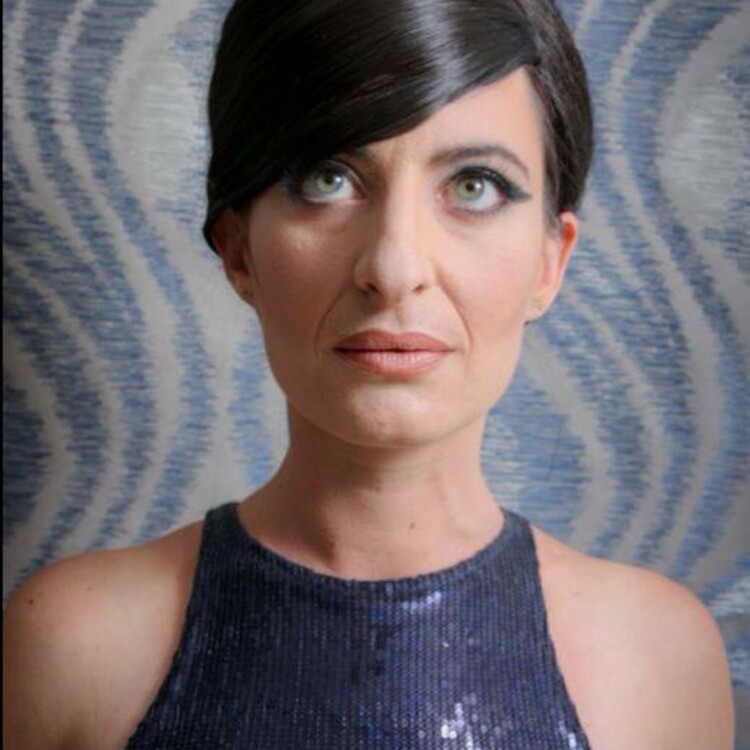
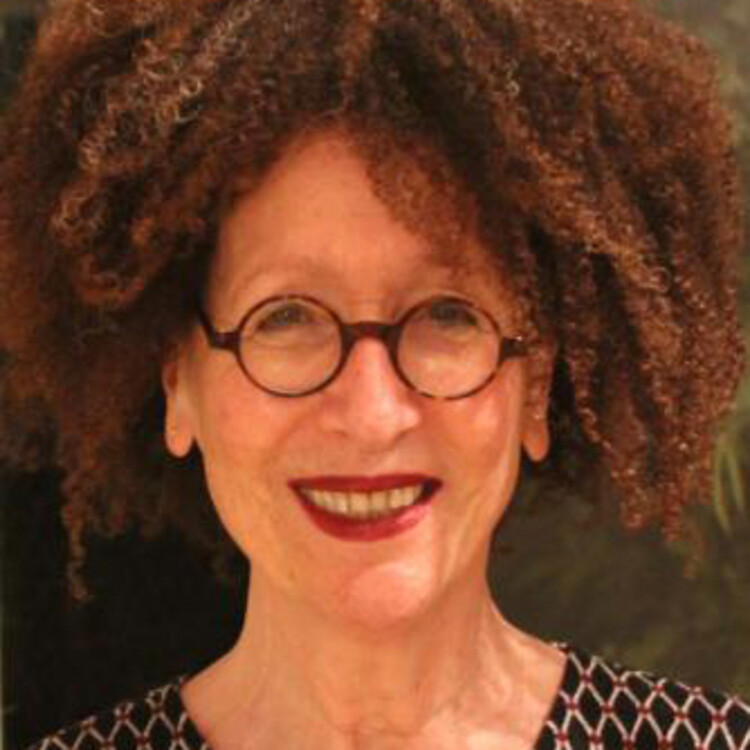
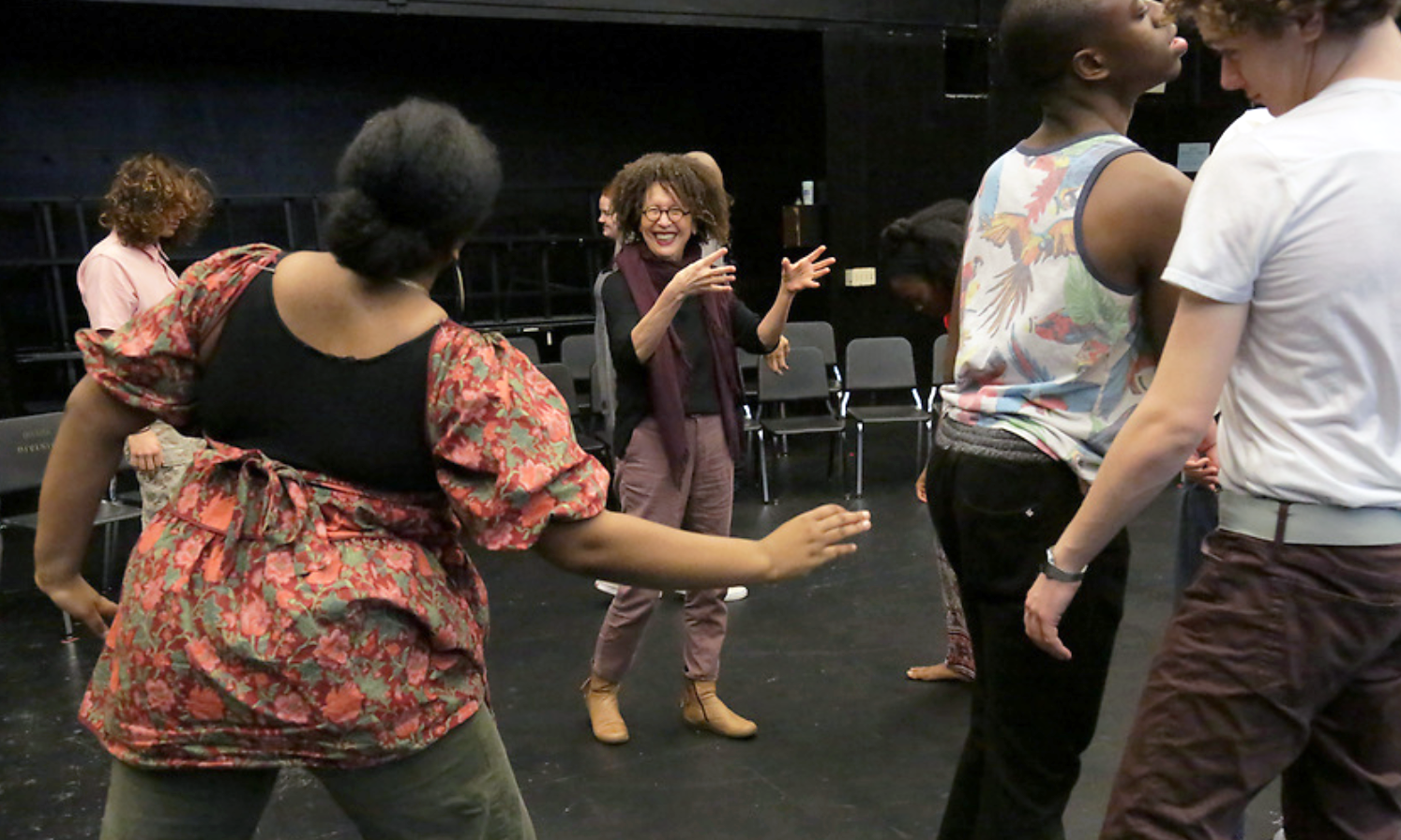
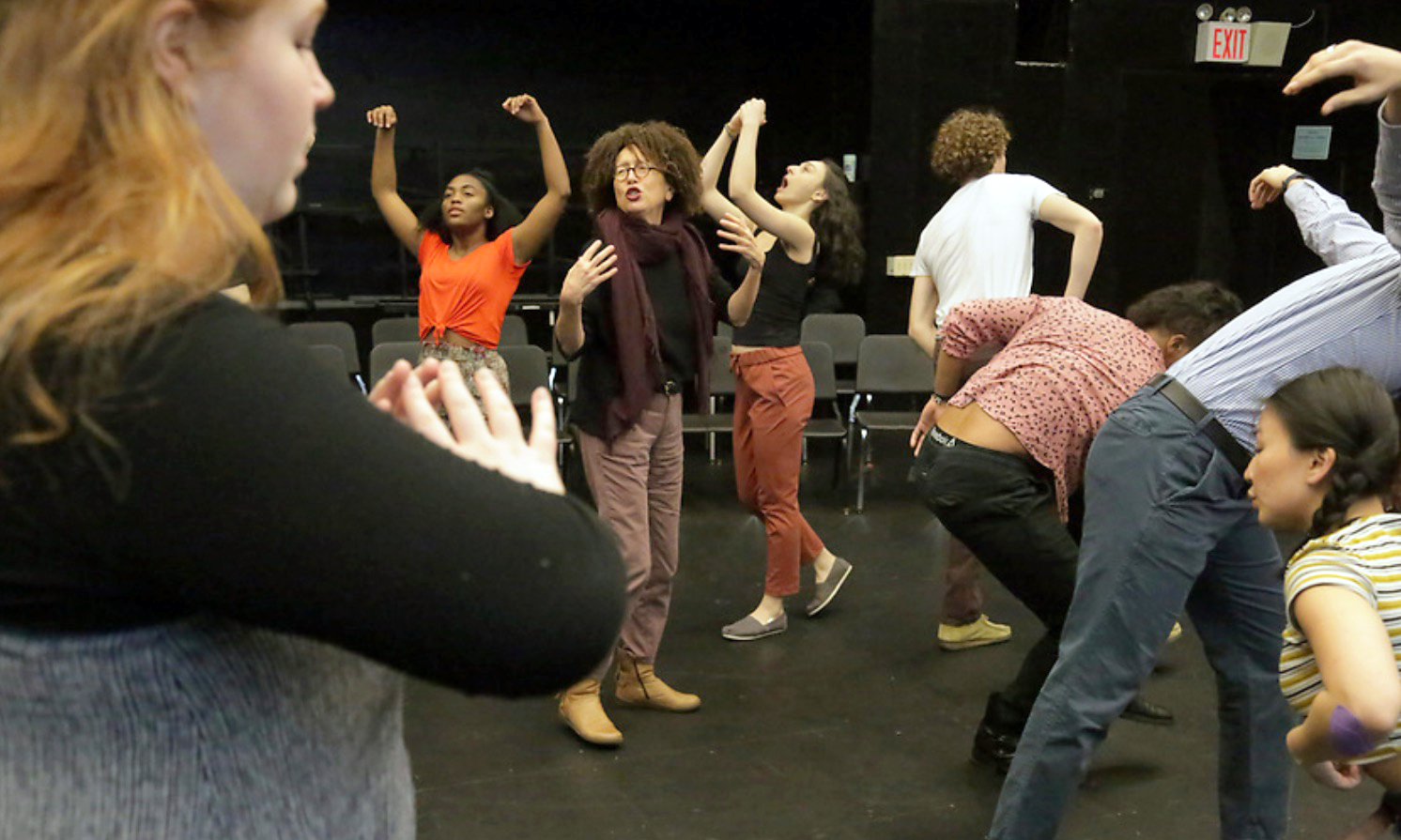
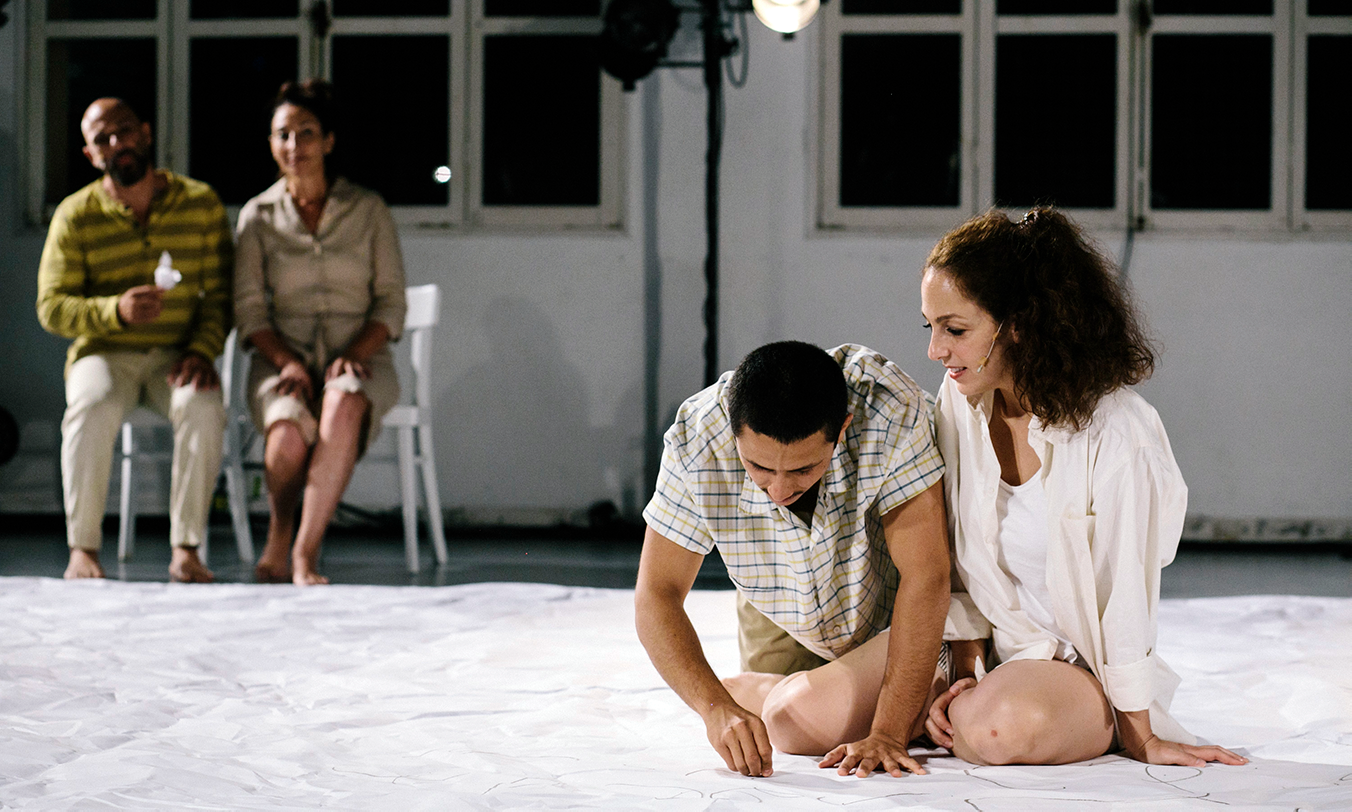
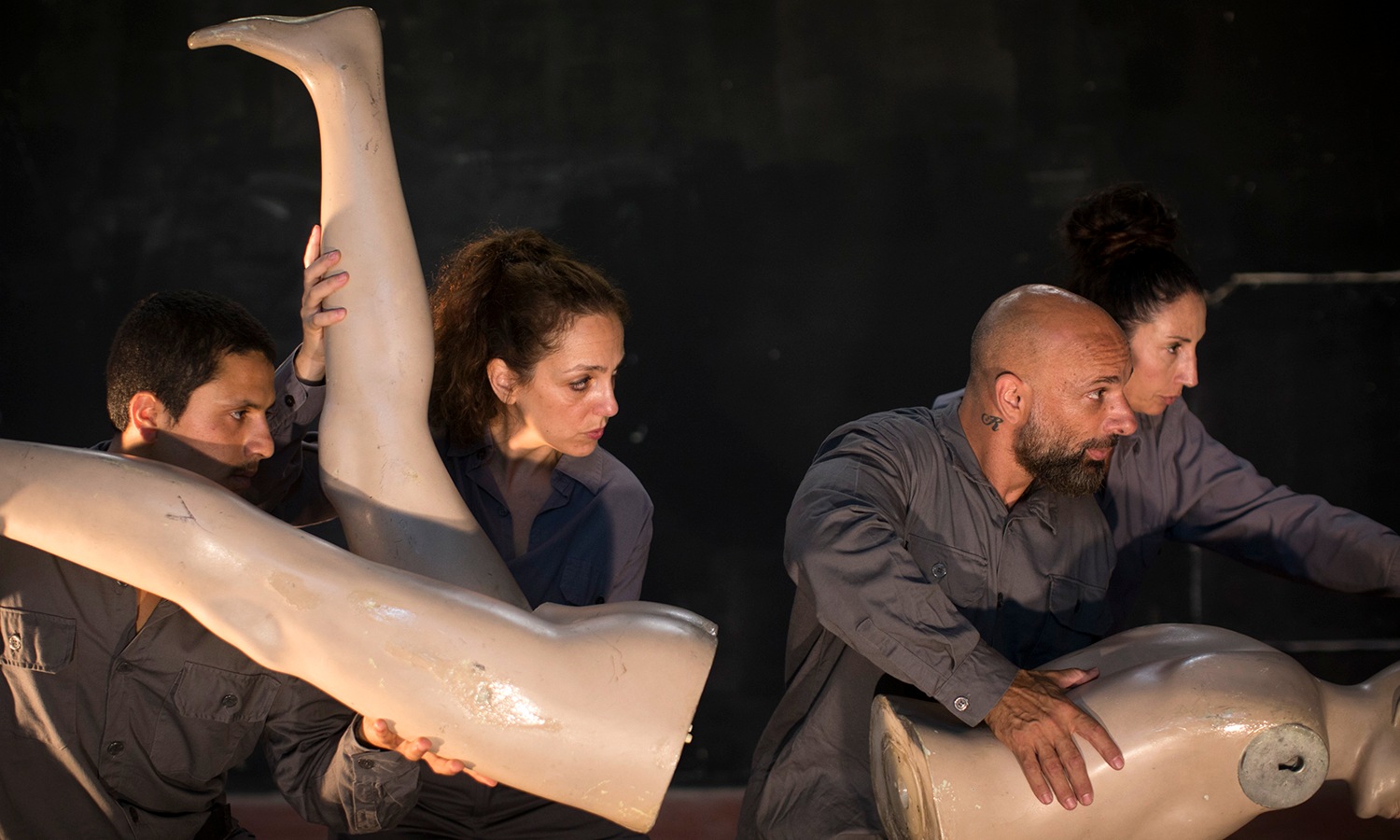
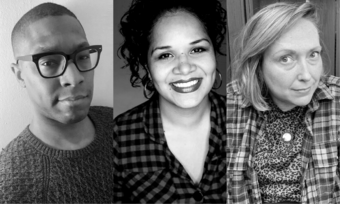




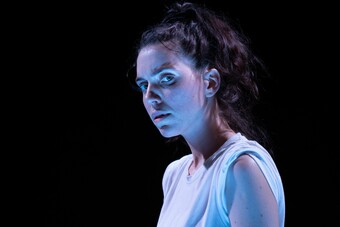

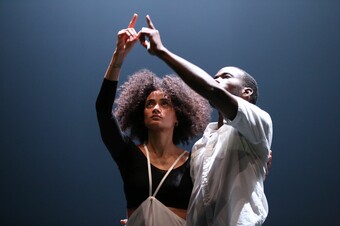


Comments
The article is just the start of the conversation—we want to know what you think about this subject, too! HowlRound is a space for knowledge-sharing, and we welcome spirited, thoughtful, and on-topic dialogue. Find our full comments policy here